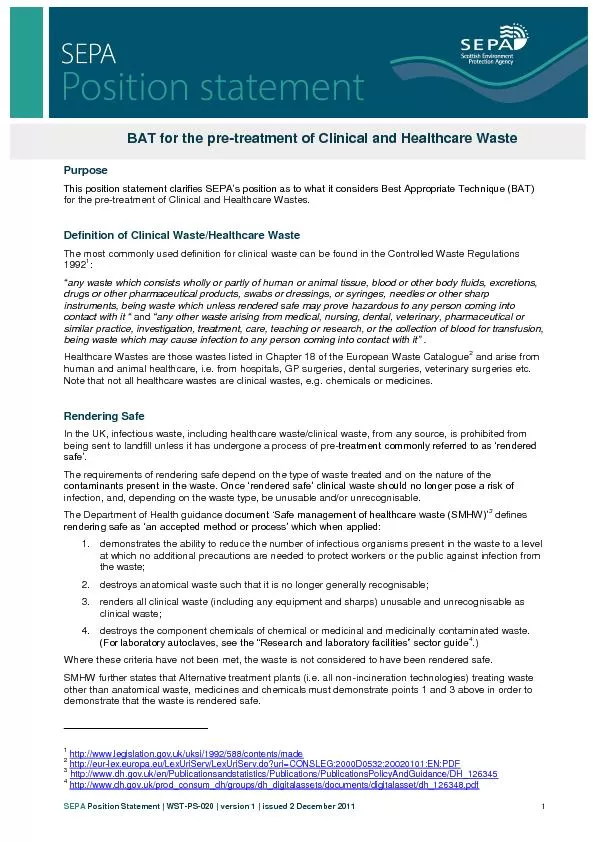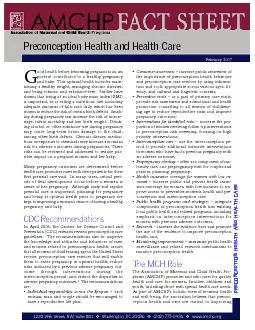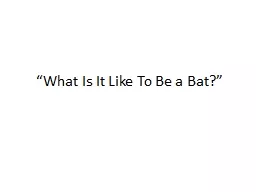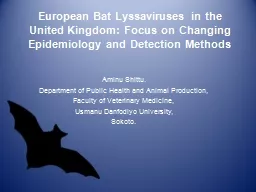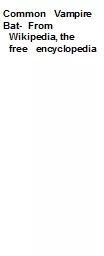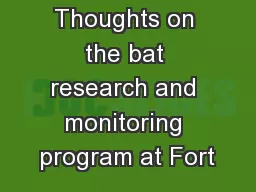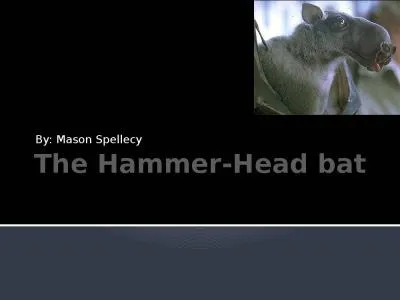PDF-BAT for the pre
Author : tawny-fly | Published Date : 2016-08-19
SEPA Positi on S tatement WST PS 0 20 version 1 issue d 2 December 2011 1 treatment of Clinical and Healthcare Waste Purpose This position statement clarifies
Presentation Embed Code
Download Presentation
Download Presentation The PPT/PDF document "BAT for the pre" is the property of its rightful owner. Permission is granted to download and print the materials on this website for personal, non-commercial use only, and to display it on your personal computer provided you do not modify the materials and that you retain all copyright notices contained in the materials. By downloading content from our website, you accept the terms of this agreement.
BAT for the pre: Transcript
Download Rules Of Document
"BAT for the pre"The content belongs to its owner. You may download and print it for personal use, without modification, and keep all copyright notices. By downloading, you agree to these terms.
Related Documents

